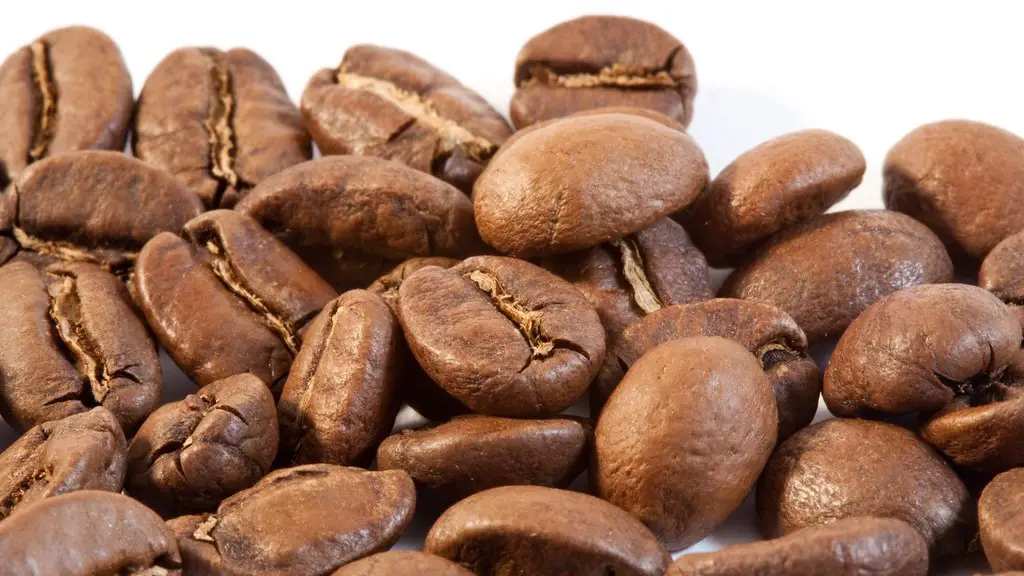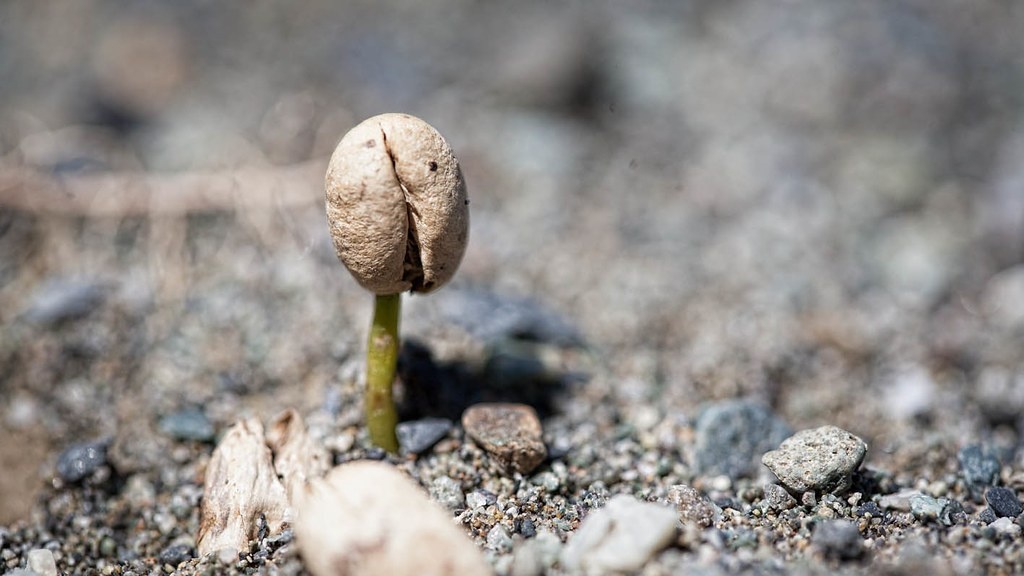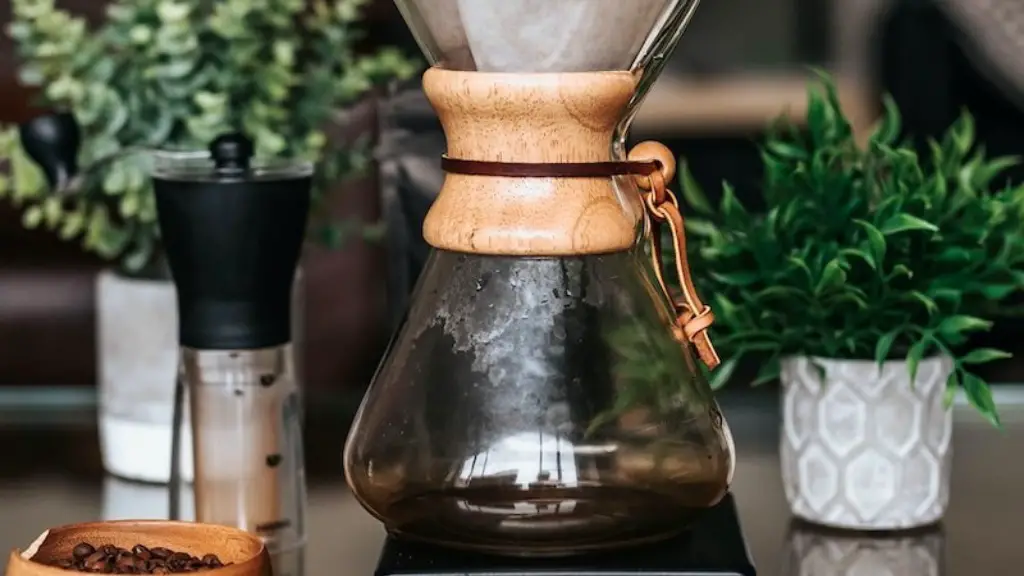Some coffee beans can be found in Brazil, Columbia, and Ethiopia. They can also be found in many different countries in Africa. The trees that coffee beans grow on are about 30 feet tall and can produce about 10 pounds of coffee beans.
Coffee beans can grow in many places around the world, including Central and South America, Africa, and Southeast Asia.
Can coffee beans grow anywhere?
Coffee cultivation requires cool to warm tropical climates, rich soils, and few pests or diseases. The world’s Coffee Belt spans the globe along the equator, with cultivation in North, Central, and South America; the Caribbean; Africa; the Middle East; and Asia.
Coffee is grown in many parts of the world, including the United States of America. The coffee plant is a tropical evergreen shrub that can grow up to 10 feet tall. Coffee beans are the seeds of the coffee plant. They are typically roasted and ground to make coffee.
Are any coffee beans grown in the United States
Coffee plantation in Maui, Hawaii
Although their climates differ, there are a couple of places in the United States where coffee can be harvested: Hawaii and Puerto Rico.
In Hawaii, coffee is grown on the Big Island, Maui, and Kauai. The ideal climate for coffee is between 600 and 1,700 feet above sea level, with rich, well-drained soils. The coffee harvest in Hawaii typically takes place between August and December.
Puerto Rico is another place in the United States where coffee is grown. The coffee plants here are of the Arabica variety, and the island’s climate is perfect for growing coffee. The coffee harvest in Puerto Rico typically takes place between November and February.
The optimum range for the cultivation of arabica coffee is between 18 and 22ºC, while for robusta coffees it is between 22 and 26ºC. In cold climates, where the temperature is below 18ºC, coffee varieties have less development and their production is lower.
What US state grows coffee beans?
Coffee production in Florida is a relatively new phenomenon, with farmers and scientists only beginning to explore the potential of growing coffee in the state. However, coffee production in Florida has the potential to be a major industry, as the climate and soil conditions in the state are well-suited for coffee production. With the right support and investment, Florida could become a major player in the global coffee market.
Sunlight is an important factor in determining where coffee plants can be grown. Arabica coffee plants prefer to receive at least 6 hours of light per day, but can tolerate up to 11-14 hours of sunlight. This means that Arabica coffee plants can be grown in most of Florida, where there is 9 hours of sunlight in December and 15 hours in June.
What state does not grow coffee?
This is incorrect. Rajasthan is in fact one of the top coffee producing regions in India.
If you are looking to grow your own coffee plant, you can either buy a plant in a pot or grow it from seed. To grow from seed, soak the seeds overnight in water and then sow them on the surface of moist compost. Cover the seeds with a thin layer of compost and keep the temperature around 27-29ºC. It can take six to eight weeks for the seeds to germinate.
How long does it take to grow coffee
Coffee trees take anywhere from 3 to 4 years to bear fruit, depending on the variety. The fruit, called coffee cherries, turn a bright deep red when they’re ripe and ready to be harvested.
Folgers is a coffee company based in New Orleans, USA. The company was founded in 1850 and is a subsidiary of The J.M. Smucker Company. Folgers sources their coffee beans from all over the world, with the majority of their Arabica beans coming from Africa and Indonesia and their Robusta beans coming from South and Central America. Folgers manufactures and roasts all of their coffee beans in New Orleans.
Where is the largest coffee farm in the US?
The Kauai Coffee Estate is definitely worth a visit! The free walking tour is very informative, and it’s great to see how the coffee is grown, harvested, and roasted right on the island. The coffee is absolutely delicious, and I would highly recommend it to anyone looking for a great cup of coffee. Thanks for the great experience!
The most important condition necessary for a coffee tree to grow is the presence of a temperate or tropical climate where there is no frost, ample sunshine, and plenty of water. And of course, too much direct sunlight or hydration can have a reverse and detrimental effect upon the trees.
What temperature is too cold for coffee
If you can’t stand the thought of lukewarm coffee, you might try it over ice once it’s cooled below 120°F. Some experts suggest that body temperature is actually ideal for coffee tasting, but most of us prefer a little more heat in our joe.
Apparently, the big issue with growing coffee in Georgia is the cold weather. You need greenhouses with heaters and backup systems to keep temperatures above 34 degrees. While it is possible to grow coffee in Georgia, the high costs make it impractical for many farmers.
What is the lowest temperature a coffee plant can tolerate?
frost-tolerant plants are those that can withstand freezing temperatures without being damaged. tropical plants are not frost-tolerant and therefore are damaged by freezing temperatures. it is therefore better to keep tropical plants indoors or in the greenhouse when temperatures reach below 41 F (5 C).
Starbucks buys coffee from 30 different countries in order to give their customers a wide variety of unique coffee flavors. The company gets its coffee beans primarily from Latin America, Asia-Pacific, and Africa.
Final Words
Coffee beans can grow in many places around the world, including countries in Central and South America, Africa, and Asia.
There are many places in the world where coffee beans can grow. They can grow in countries like Brazil, Colombia, and Ethiopia. Coffee beans can also grow in more tropical countries like Kenya and Indonesia. The coffee bean plant grows best in places that have a lot of sun and rain.





